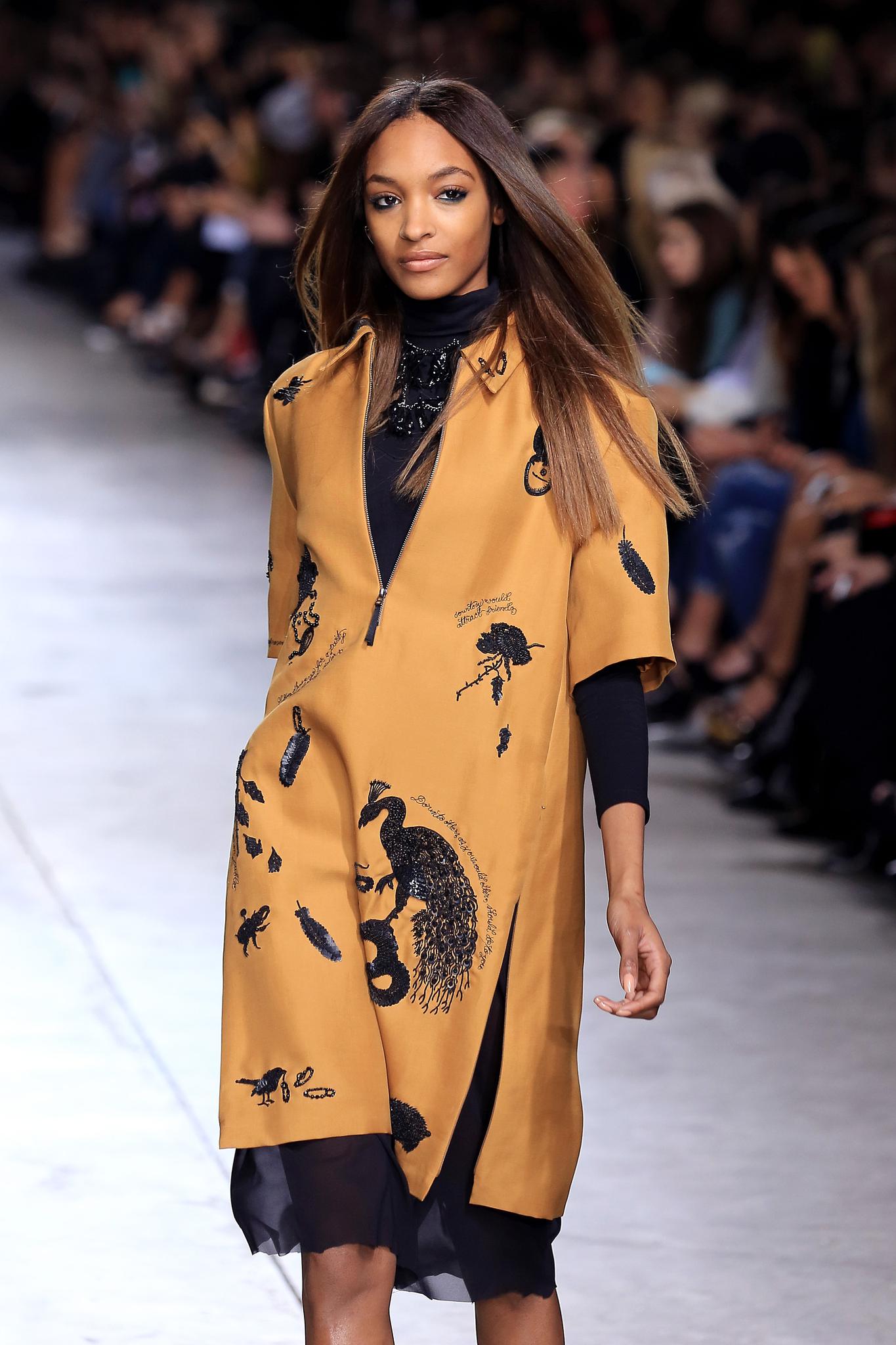
Where are the Ethnic Models in the Fashion Industry?
It is upsetting to know that there are so many young girls and even older women who don’t appreciate the colour of their skin. They flip through fashion magazines, see Cara Delevingne, Kim Kardashian and Rosie Huntington-Whiteley and get the message that this is what society deems beautiful. Very few black celebrities grace the cover of Vogue and Glamour, but the ones that make the cut have a light skin tone and long blonde locs like Beyonce. Don’t get me wrong—these women are gorgeous, but beauty is not defined by one person’s standards. Beauty comes in all shapes and sizes, yet the fashion industry continues to promote the idea that it is wrapped up in a slim, fair-skinned, blonde hair and blue-eyed package.
In the days of President Barack Obama and 16-year-old activist Malala Yousafzai, it is not easy to sit down on the blatant discrimination in this industry. The spring/summer 2013 fashion week last September was the subject of scrutiny from the very models that strutted down the runways. Jourdan Dunn and Joan Smalls are two supermodels who have voiced their concern about the lack of diversity in the fashion week shows. “I don't know why people applaud designers for having just one ethnic model. It's not like only one type of woman loves fashion,” 23-year-old Dunn said in a recent Vogue interview.
Naomi Campbell has called out designers such as Victoria Beckham and Calvin Klein for featuring only one or two black models in their shows. Some may argue that the designers do not always hire the models—that is the job of a stylist or a creative director. While this is a valid point, the designers should have the final say in how their brand will be promoted. Industry directors often blame the lack of “coloured” models in their shows on aesthetics.
“People hide behind the word aesthetic,” Joan Smalls recently told Elle. “They say, ‘Well, it’s just that designer’s aesthetic.’ But when you see 18 seasons in a row and not one single model outside a certain skin color…? I don’t get it.”
According to Jezebel.com, 78.69% of the models walking in the S/S 2014 fashion week shows were white, 7.67% were black, 9.75% were Asian and 2.12% were Latina. This is an improvement considering the 2008 autumn/winter shows where 87% of the models were white, 4.9% were black, 5.4% were Asian and 2.12% were Latina. But veteran supermodels, Naomi Campbell, Bethann Hardison and Iman are not celebrating just yet. Iman has said that the exclusion of ethnic models have worsened since her days on the runway in the 70’s. “There were more black models working then, than it is happening in 2013,” she told Good Morning America last year. “If the conversation cannot be had publicly in our industry—then inherently there is something wrong with the industry.
The fashion industry needs to take responsibility for the lack of diversity and be more inclusive towards ethnic models. The days of creative directors turning away ethnic models and saying that black faces on magazine covers won’t sell needs to come to an end. I want young girls like my sister to see more Lupita Nyong’o’s, Chanel Iman’s, and Jennifer Hudson’s in commercials and on newsstands. “Beauty is universal,” said Joan Smalls. It is time for the fashion industry to acknowledge this.
Post a comment